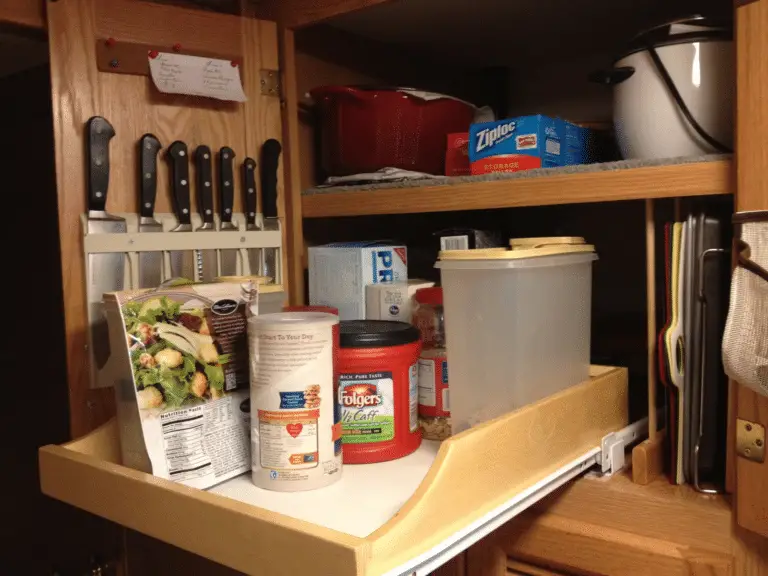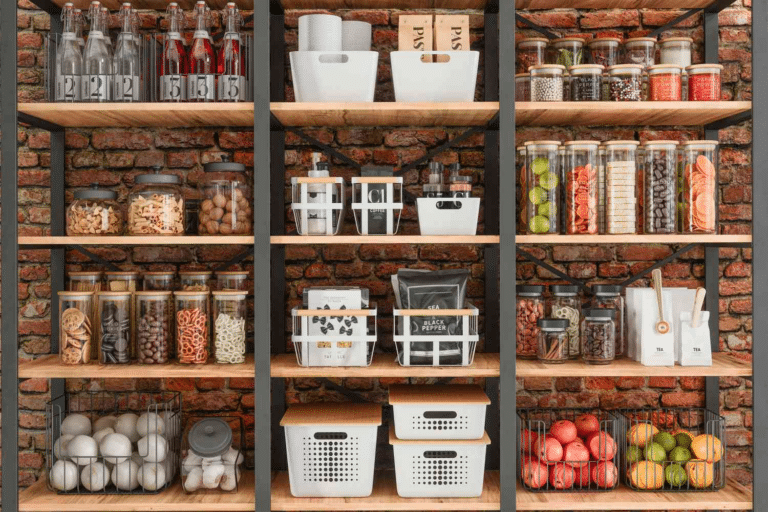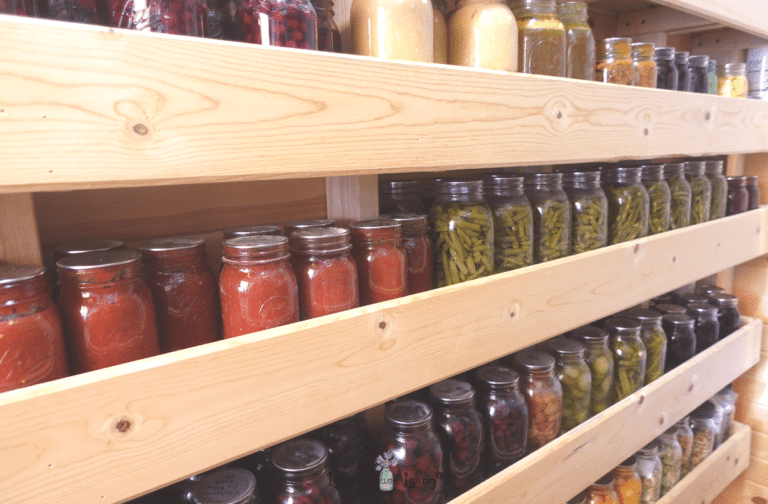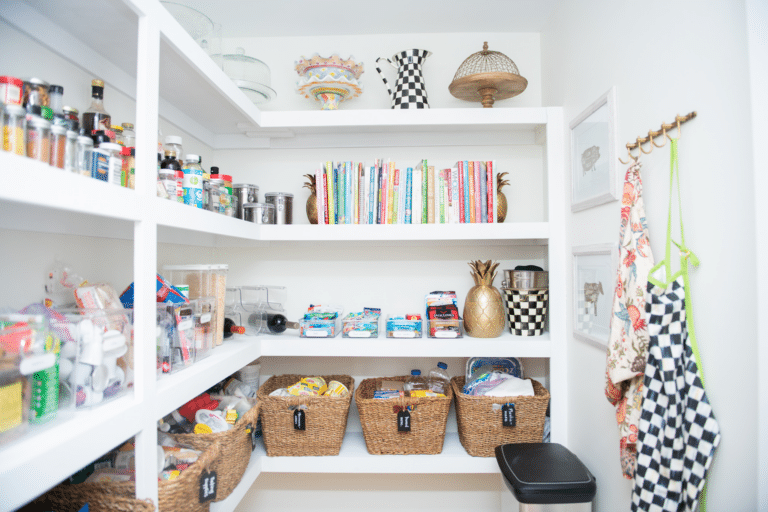Welcome to our blog post on maximizing space in small L-shaped pantries! 🏠 From understanding the challenges of organizing these tricky layouts to implementing bespoke shelving solutions, we’ve got you covered. Discover the importance of labels, categories, and regular pantry audits to maintain a tidy and efficient space.
Let’s delve into practical techniques and best practices to make the most out of your pantry organization. Say goodbye to clutter and hello to a well-organized pantry! 🌟 #SmallPantryOrganization #MaximizingSpace
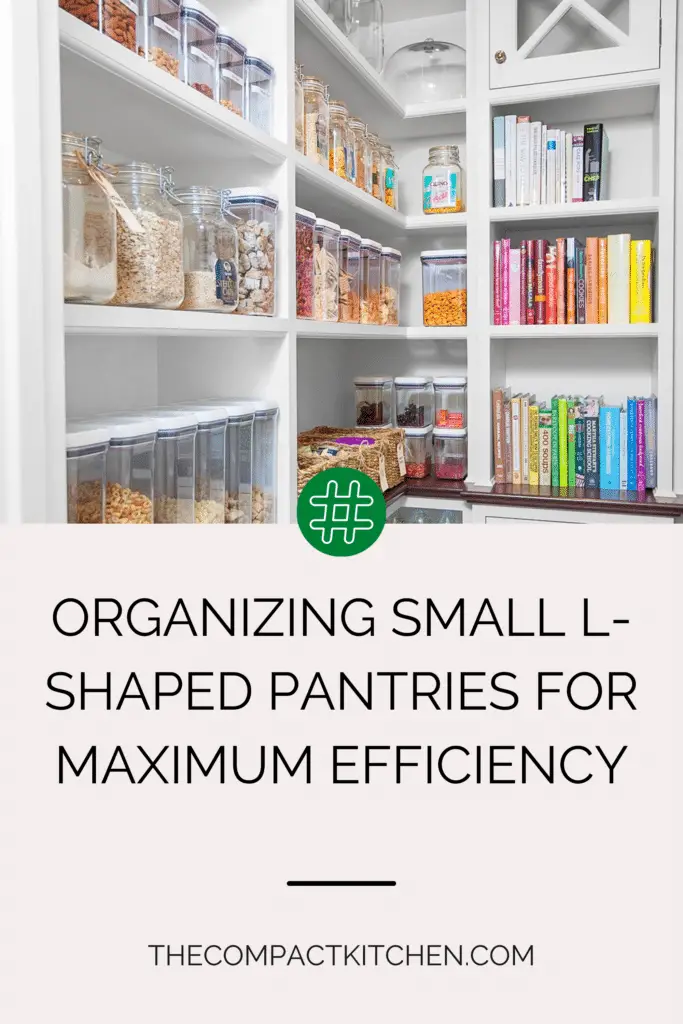
Understanding the Challenges of Small L-Shaped Pantries
When it comes to small L-shaped pantries, organizing and maximizing space can be quite the challenge. The unique layout of these pantries often leads to wasted space and difficulty in finding storage solutions that fit well. This can result in a cluttered and inefficient pantry that makes it hard to locate items when needed.
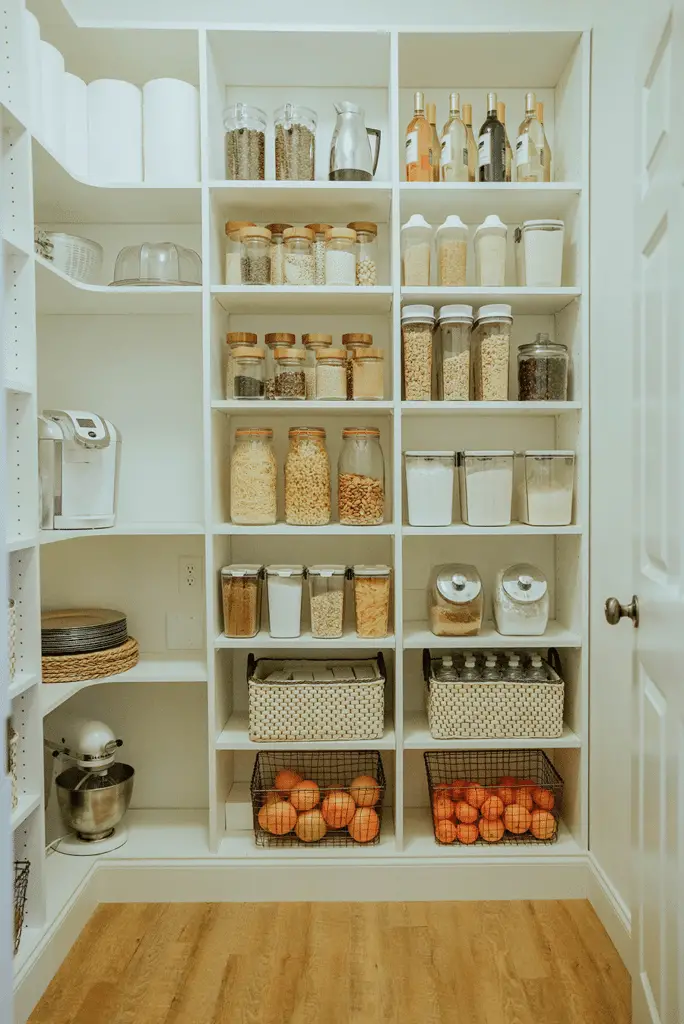
One of the most common difficulties in organizing small L-shaped pantries is dealing with awkward corners and limited shelf space. These areas often go unused or become a dumping ground for miscellaneous items, further contributing to the chaos.
It’s crucial to understand the layout of your pantry and the challenges it presents in order to effectively tackle the organization and storage issues you may be facing. By recognizing these obstacles, you can start implementing strategies to maximize space and create a more functional pantry.
Overview of Maximizing Space Techniques
When it comes to small L-shaped pantries, the struggle to find space for all your essentials is real. But fear not, there are plenty of techniques you can implement to make the most out of every nook and cranny in your pantry. Let’s dive into some key takeaways on how to maximize space efficiently.
Sorting and Prioritizing
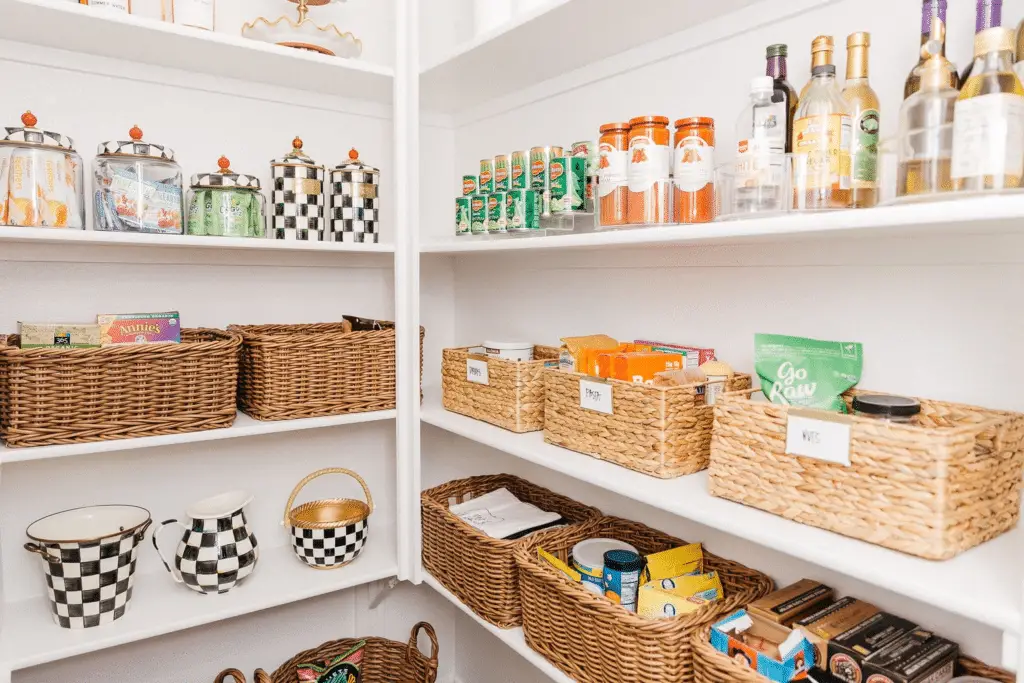
One of the fundamental steps in maximizing space in your pantry is sorting and prioritizing your items. Start by taking everything out of your pantry and categorizing them based on usage and frequency. This will help you identify which items are essentials and which ones can be stored elsewhere. By decluttering and getting rid of items you no longer use, you’ll create more room for the things you actually need.
Efficient Arrangement of Pantry Items
Once you have sorted through your pantry items, it’s time to efficiently arrange them in a way that maximizes space. Consider using storage solutions like adjustable shelving, cabinets, bins, and baskets to make the most out of every inch of your pantry. Utilize unused spaces such as pantry doors and corners by adding hooks or racks for additional storage.
Maintaining a Functional Layout
When organizing your pantry, it’s important to create a functional layout that suits your needs. Keep frequently used items within easy reach and store less frequently used items on higher or lower shelves. This will not only maximize space but also make it easier for you to access your items without any hassle.
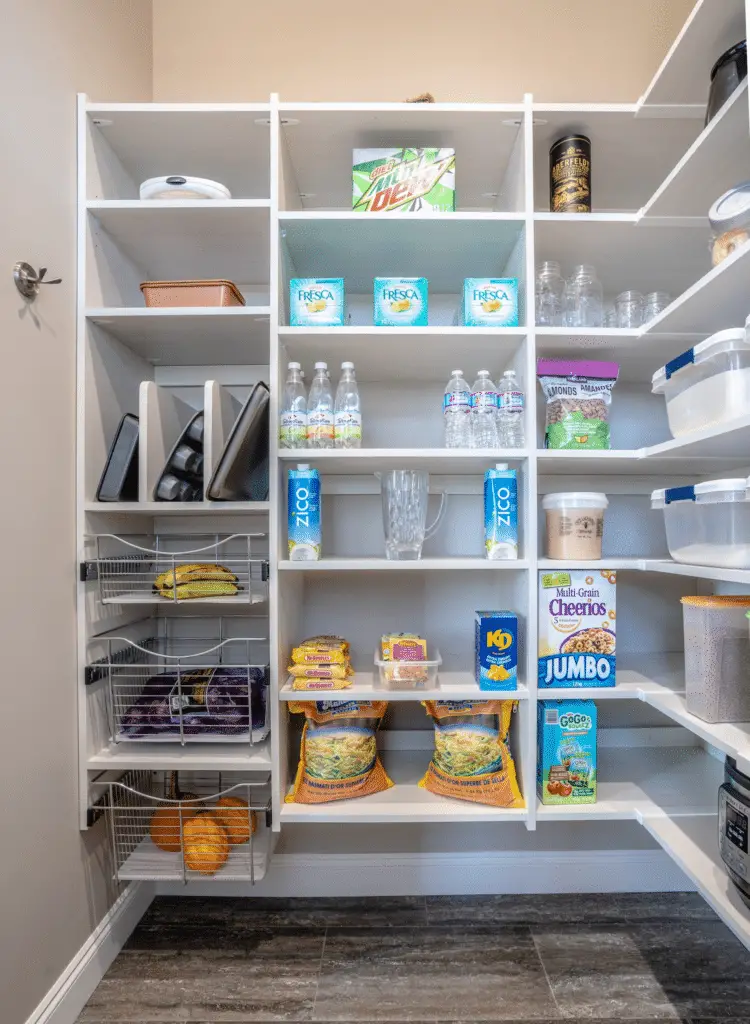
In conclusion, by sorting, prioritizing, and efficiently arranging your pantry items, you can make the most out of a small L-shaped pantry. Implementing these techniques will not only help you maximize space but also create a well-organized and functional pantry that suits your lifestyle. So roll up your sleeves, get sorting, and transform your small pantry into a space-saving haven.
Maximizing Space Techniques with Bespoke Shelving and Storage Solutions
When it comes to maximizing space in small L-shaped pantries, one of the most effective strategies is to invest in bespoke shelving and storage solutions. Adjustable shelving plays a crucial role in making the most out of the limited space available. By customizing the height and width of the shelves, you can create designated spaces for different items, ensuring that every inch of your pantry is utilized efficiently.

Adding storage solutions such as cabinets, bins, and baskets can also help in maximizing space. Cabinets are ideal for storing larger items or those that you want to keep out of sight. Bins and baskets, on the other hand, are perfect for organizing smaller items and ensuring easy access to frequently used ingredients.
Utilizing Unused Spaces
In small L-shaped pantries, every inch counts. That’s why it’s essential to make use of unused spaces such as pantry doors and corners. Over-the-door organizers can be a game-changer when it comes to creating extra storage space for items like spices, snacks, or cleaning supplies. Meanwhile, corner shelving units can help you take advantage of those awkward corners that often go unused.

By thinking outside the box and getting creative with your storage solutions, you can make the most of every square inch in your small L-shaped pantry. Remember, the key is to optimize every nook and cranny to ensure that your pantry remains organized and clutter-free.
Keeping Things Organized with Labels and Categories
Maintaining a well-organized pantry is key to maximizing space in small L-shaped pantries. Utilizing labels and categories can transform your pantry from chaotic to orderly, making it easier to find what you need and ensuring that every inch of space is optimized.
The Importance of Labels in Maintaining an Organized Pantry
Labels are an essential tool in keeping your pantry neat and tidy. By clearly labeling bins, containers, and shelves, you can easily locate items and prevent clutter from building up. Consider investing in a label maker or chalkboard labels for a polished look that is both practical and aesthetically pleasing.
How Categorizing Items Can Help in Maximizing Space
Organizing your pantry items into categories based on usage or type can significantly improve the efficiency of your space. For example, grouping all baking essentials together or creating a designated section for snacks can streamline your pantry layout and make it easier to spot when items are running low.
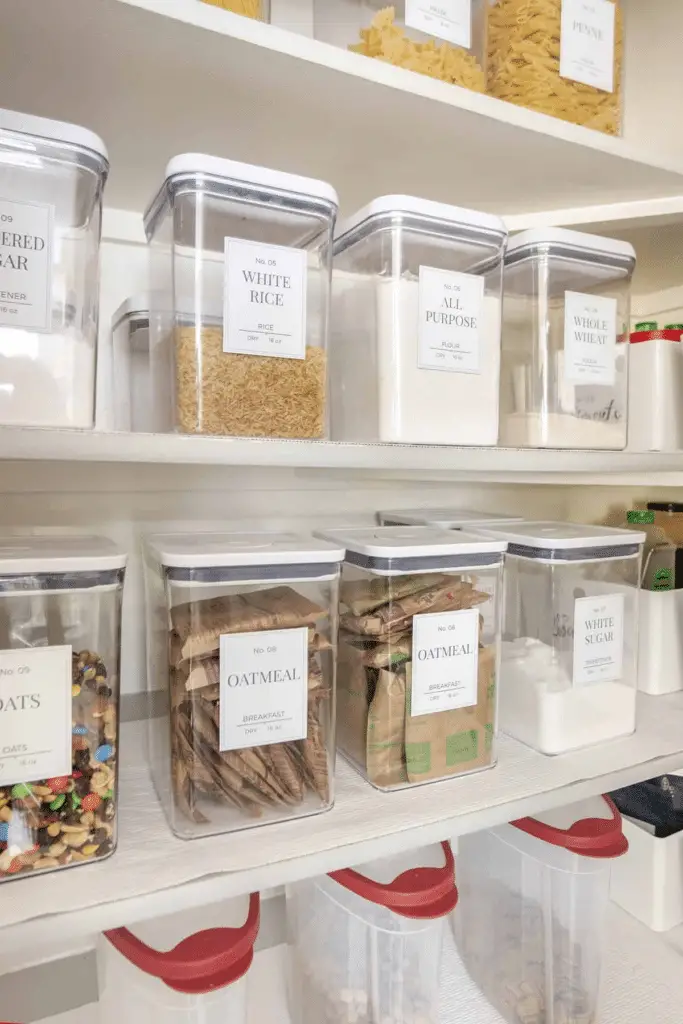
When categorizing items, consider the frequency of use and prioritize accessibility. Keep everyday essentials within arm’s reach while placing seasonal or occasional items on higher shelves or in less accessible areas. This simple strategy can make a world of difference in how effectively you utilize your pantry space.
By implementing a labeling system and organizing items into categories, you can maintain a well-structured pantry that maximizes every inch of space available. This not only enhances the functionality of your pantry but also makes meal prep and grocery shopping more efficient and enjoyable.
Best Practices to Maintain Your Organized Pantry
Maintaining an organized pantry is just as important as achieving that initial state of organization. Without regular maintenance, your small L-shaped pantry can quickly revert to chaos, undoing all your hard work. Here are some of the best practices to ensure your pantry stays tidy and maximized in the long run.
Regular Pantry Audits
One of the key practices in maintaining an organized pantry is to conduct regular pantry audits. Set aside time every few months to go through your pantry items and assess what needs to stay and what can go. Check for expired goods, items you no longer use, or duplicates that can be consolidated. By keeping your pantry contents in check, you prevent clutter from building up and maximize the available space.
Decluttering Routines
In addition to pantry audits, incorporating decluttering routines into your schedule can help you stay on top of pantry maintenance. Designate a specific day each week or month to declutter and reorganize your pantry. This could involve reevaluating your storage solutions, adjusting shelf heights, and ensuring everything is in its designated place. By making decluttering a consistent habit, you prevent items from piling up and maintain an efficient use of space.
Rotate and Use Items Wisely
Another important aspect of maintaining an organized pantry is to rotate your items regularly and use them wisely. Pay attention to expiration dates and try to incorporate older items into your meal planning to ensure nothing goes to waste. By keeping your pantry stocked with items you actually use, you prevent unnecessary clutter and free up space for essentials.
Embrace Adaptive Organization
As your pantry needs evolve, don’t be afraid to adapt your organization strategies. Be open to trying new storage solutions, rearranging shelves, or introducing additional organizers to accommodate changing needs. Maximizing space in a small L-shaped pantry requires flexibility and a willingness to adjust your system as needed.
Consistent Maintenance is Key
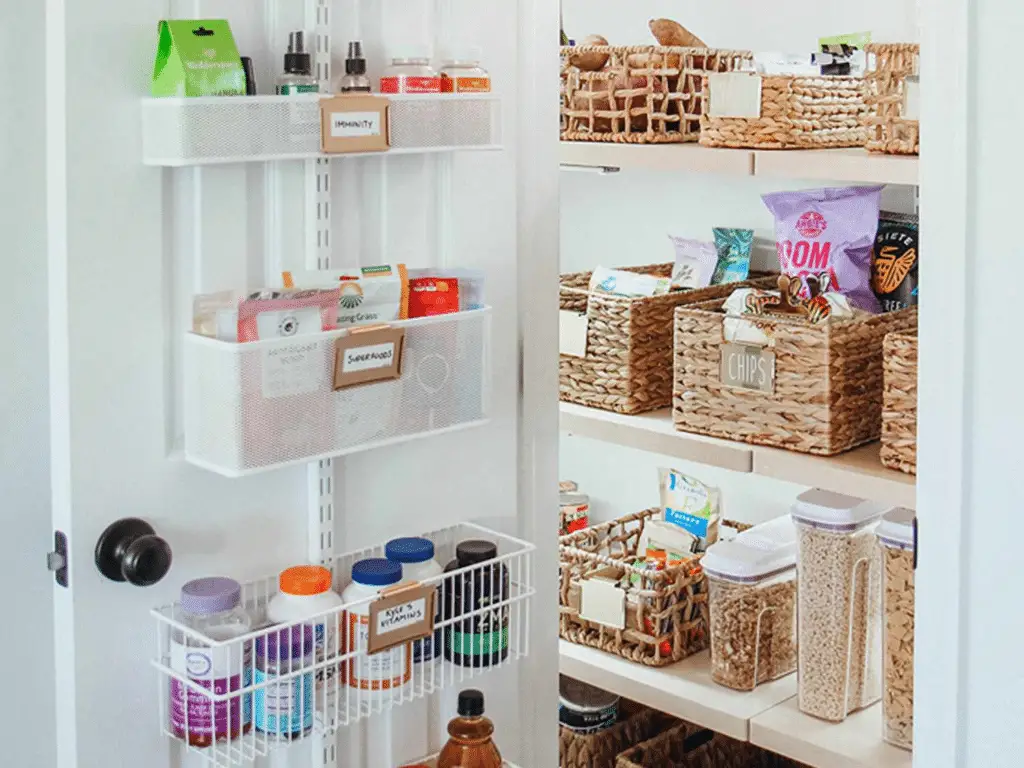
Ultimately, the key to maintaining an organized pantry lies in consistent maintenance. By incorporating regular audits, decluttering routines, thoughtful item usage, and adaptive organization, you can ensure that your small L-shaped pantry remains efficient and clutter-free. Remember that organization is an ongoing process, and staying proactive in your maintenance efforts will help you make the most of your pantry space in the long term.
Wrapping Up: Small L-Shaped Pantry Pizzazz!
In the grand kitchen dance of organization and space management, small L-shaped pantries sure take the spotlight. From bespoke shelving to strategic label use, we’ve learned the art of maximizing space in these quirky corners.
Keep it tidy, stay on top of those regular audits, and your pantry will thank you with streamlined efficiency and a touch of pizzazz. Stay organized, stay fabulous! #MaximizingSpace #SmallLShapedPantries



